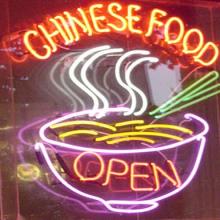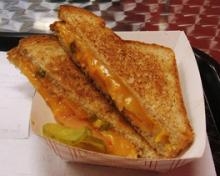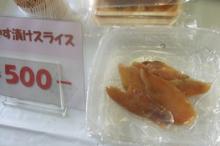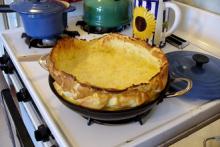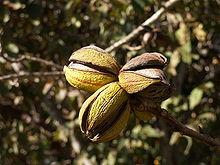The Science Blogs website has an awesome article about
the connection between art and science, and how scientists who make art become better scientists.
This kind of lateral thinking, the celebration of creativity in any realm, is sadly lacking today. What does it do? What is it good for? Why should I bother? How is this useful? Why should we spend money on it? And the next thing you know, schools' art class budgets are being slashed across the board.
A lot of people don't think of themselves as creative. Their disdain for artistic pursuits springs, most often, from a sort of bitter sour grapes. But we are all creative. It's coded into us, along with the ability to speak and walk and the desire for more. As children, we let our creativity roam free. We don't draw distinctions between what is and isn't art. Look at the classic childhood science fair project, the baking soda volcano. Crafting the display takes as much art as science; there is no fixed boundary, the way there is in adulthood.
Somewhere along the way, we lose that freedom. We start tamping down our creative urges. We become too critical - of ourselves, and of others.
But the truth is, making art will set you free, in the way that no other pursuit can.
"I don't have time for that kind of thing!"
"What a waste of time!"
"That person obviously has way too much free time."
Let me drop a number on you. It is a number which has been much on my mind lately:
491 billionThat is the number of hours that Americans collectively spend watching television EVERY YEAR. It's staggering, is it not? Imagine what we could do as a nation if we harnessed just a fraction of that time, and spent it actually creating something. Doing something. Doing ANYTHING.
The average American spends four hours a night watching television. There's no need to give it up entirely. Why throw the baby out with the bath water? Mad Men, Venture Bros, Destination Truth, Fringe - these shows aren't going to watch themselves!
But what about nibbling into that four hours? Spend just one of those hours doing something else instead, and you'll have seven hours a week - 28 hours a month - 336 hours a year. That's a lot of time! You can get pretty good at something, if you did it for an hour a night, every night.
As for what to make, I'll tell you a secret: it doesn't really matter. In debating whether knitting was art or craft, my friend C - a scientist by training, and an accountant by trade - said something that has stuck with me for decades. "The difference between art and craft is in the intent of the person making it."
It doesn't matter if you're sketching, or painting, or scrapbooking, or knitting, or molding Fimo clay. What matters is that you're expressing yourself, communicating with an audience, reaching out to the world, or just trying to create something beautiful.
Why not start tonight by sitting down at a table with a few sheets of paper and a ballpoint pen. And see where it takes you!
Photo credit: Flickr/mdwombat
